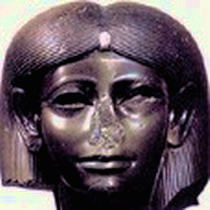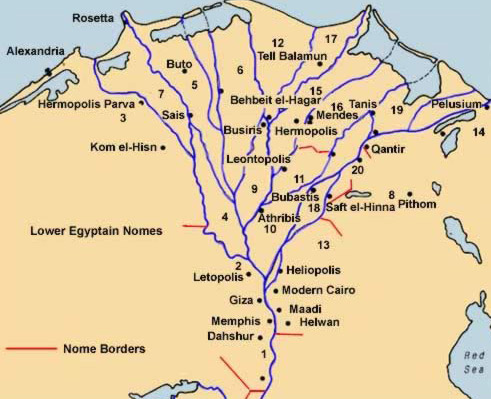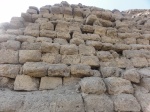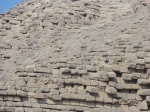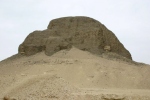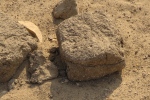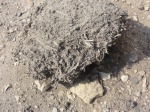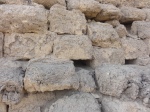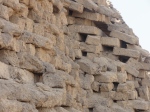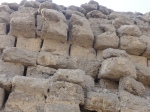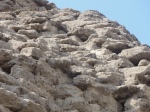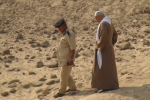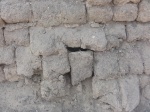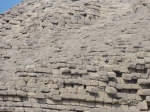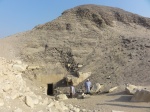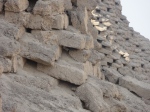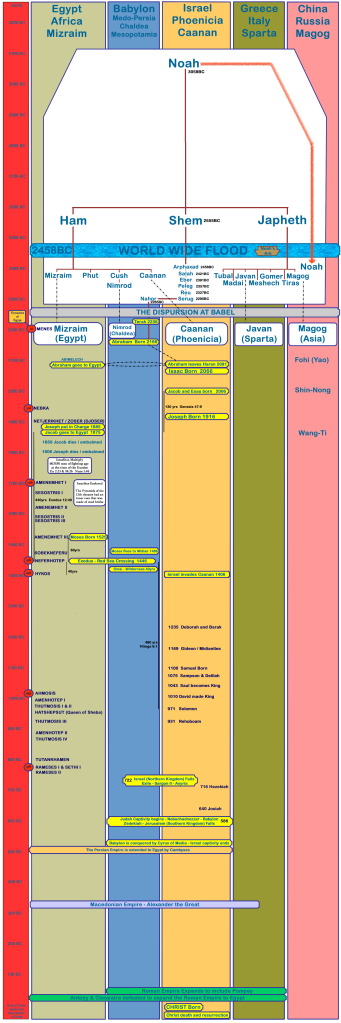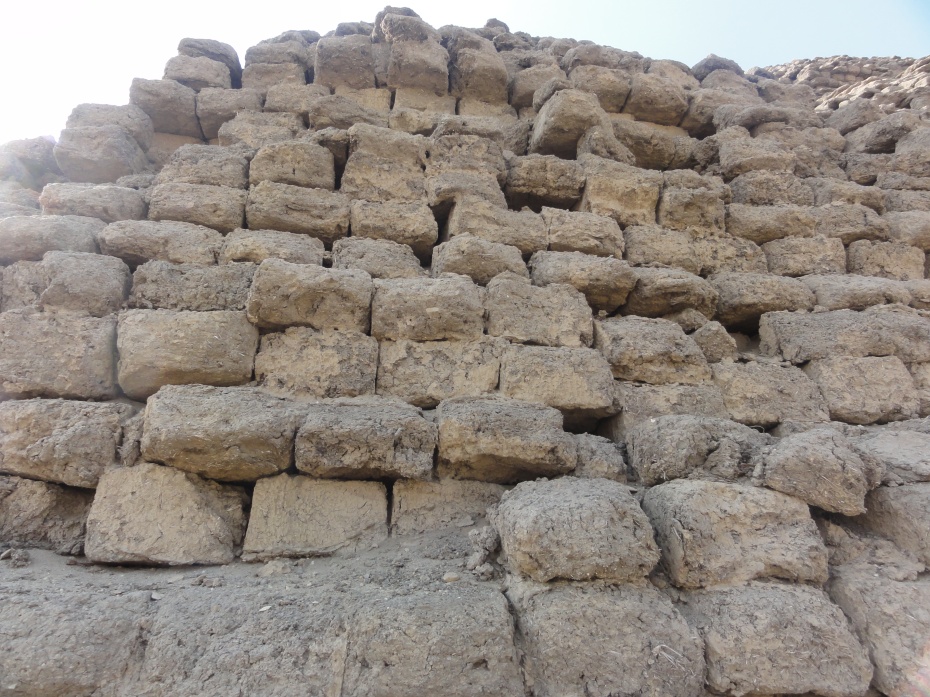The pyramids of Egypt remain one of the great wonders of the world.
How the Ancient Egyptians managed to cut the huge solid limestone blocks, transport them and lift them into position before the wheel was even invented remains a mystery.
The first pyramid to be built was the Stepped Pyramid of Djoser (Netjerikhet) which is part of a complex in Saqqara Egypt that appears to be a grain storage and distribution center. The Step Pyramid itself was built on top of a shaft that was originally used as a grain silo but then converted into a tomb for the Pharaoh. The Step Pyramid is really a series of Mastabas, made from solid limestone blocks, stacked up on top of one another. The Step Pyramid was used to bury Netjerikhet’s 3 wives and 11 daughters and Netjerikhet’s sarcophagus was placed on a platform in the shaft beneath the Stepped Pyramid.
The Step Pyramid was designed by Imhotep who may well be the Joseph of the Bible. Joseph and Imhotep have many similarities but have not been thought to be one in the same person because of discrepancies between the estimated dates of their existence.
The Step Pyramid became the standard for the burial of pharaohs in subsequent dynasties.
Joseph would have lived well into the fourth dynasty if he was Imhotep of the 3rd dynasty and would no doubt have served more than one pharaoh.
The great pyramids of Giza far surpass the size of the first pyramid at Saqqara and contain enormous blocks that still leave the experts puzzled as to how they could have been lifted into place with the technology of the day.
The 12th dynasty appears to have arisen out of the 11th dynasty which was contemporary with the 6th dynasty. The Middle Kingdom of Egypt, therefore, directly followed the Old Kingdom. There was no first intermediate period as such.
The pyramids of the 12th dynasty were made from mudbricks that contained straw as a reinforcement. Each pyramid would have contained millions upon millions of these mudbricks which were about 24 inches by 12 inches by 6 inches in size. The 12th dynasty pyramids thus had a core that was made of mud bricks but the outer veneer was made of limestone which was becoming more difficult to quarry by the 12th dynasty and therefore in short supply. Over the centuries, the outer veneer of limestone has fallen down and been pilfered exposing the inner mudbrick core.
Paradoxically, the first pyramids to have been built, those of the 3rd and 4th dynasty (Old Kingdom Pyramids), have stood the test of time better than those built in the 12th dynasty (Middle Kingdom Pyramids). This is because the Old Kingdom Pyramids were made entirely out of solid limestone blocks while the Middle Kingdom Pyramids were made largely from Mud Bricks (the core) and only had a veneer of limestone.
The pharaohs of the 12th dynasty would have required a large slave labor force to make the mudbricks for the 12th dynasty pyramids.
The Israelites had come to number around 2 million by the time of the Exodus. The seven pyramids of the 12th dynasty were built over a 200 year period. Flinders Petrie found evidence of a sudden massive exodus of slaves from the town of Kahun in the 13th dynasty. The town of Kahun was a semetic workers village where the builders of the 12th dynasty pyramids lived.
If the Israelite exodus took place in the 13th dynasty then it would seem likely that it was the Israelites who were enslaved during the 12th dynasty and given the task of making mudbricks for the pyramids. After the Exodus in the 13th dynasty, no more pyramids were built.
If the first pyramid was designed by an Israelite, Joseph-Imhotep, and the Israelites were slaves in Egypt up until the last pyramid of the 12th dynasty was built, then the Pyramid age would coincide with the Israelite Sojourn in Egypt! It therefore follows that the pyramid age spanned a 400 year period from around 1900BC to 1500BC.
see Evidence for the Israelite Sojourn in Egypt

A schematic diagram illustrating the relationship between the Egyptian Kingdoms and dynasties and the various phases of Israel as the Israelites grew to be a nation while they were in Egypt and then traveled to the promised land where they were ruled initially by Judges and later by Kings. The nation of Israel became divided into North (Israel) and South (Judah) after Solomon. There was no first intermediate period.


